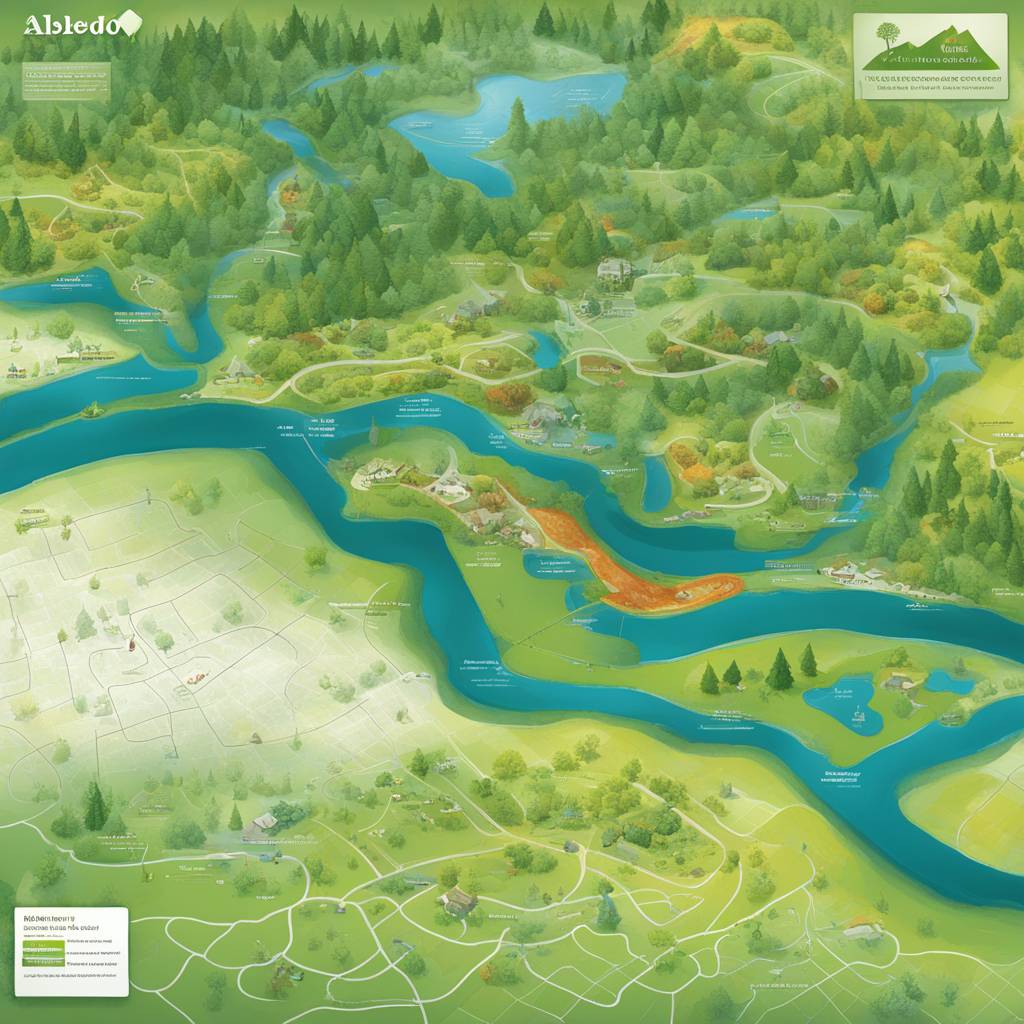Efforts to restore tree cover to combat climate change are being accelerated, but a new study has found that in some locations, planting trees can actually heat up the Earth rather than cool it down. This is due to the impact of tree cover on how much sunlight the surface reflects, also known as “the albedo.” Researchers from Clark University, TNC, and ETH-Zurich have published a study in Nature Communications that analyzes the global effectiveness of tree cover restoration in cooling the climate system, taking into account both the cooling effects of carbon storage and the warming effects of decreased albedo. They have created a tool that practitioners and land managers can use to assess the impact of albedo on reforestation and afforestation projects worldwide.
The study reveals that previous estimates of the climate mitigation potential of restoring trees worldwide, which focused solely on carbon storage, were significantly overestimated. The researchers found that the balance between carbon storage and albedo change varies by location, and the carbon-only estimates did not take into account the potential negative impact of albedo changes in semi-arid and snowy, boreal regions. By providing new maps that show the consequences of albedo change, the study aims to help decision-makers identify the locations where restoring tree cover can have the most positive impact on climate change as a natural solution.
Despite the potential negative impact of albedo changes in some locations, the study also highlights areas within every biome on Earth where the climate mitigation benefits of tree-planting can be achieved. Most of the ongoing tree restoration projects globally are focused in these high-opportunity zones. However, the study suggests that albedo changes may offset the net climate benefit by at least 20 percent in around two-thirds of cases, even in these optimal locations. The senior forest restoration scientist at TNC, Susan Cook-Patton, emphasizes that while restoring tree cover may not always have significant climate benefits, there are other important reasons to plant trees such as promoting clean water, resilient food production, and wildlife habitat.
The researchers stress the importance of integrating albedo considerations into environmental decision-making processes to ensure that tree restoration projects have a positive impact on climate change. By providing a set of tools to assess the impact of albedo on tree-planting initiatives, the study aims to guide governments and land managers towards making smarter and more effective decisions. While the study highlights the complexities and challenges of using tree cover as a climate mitigation strategy, it also underscores the potential benefits that can be achieved in certain locations. By taking into account both the positive and negative effects of tree restoration on the climate, stakeholders can make more informed choices about where to focus their efforts for maximum impact.













